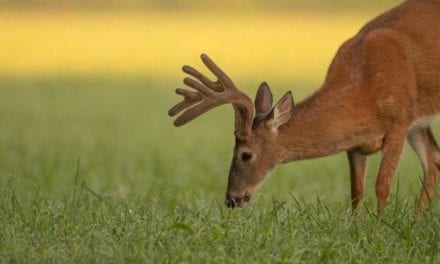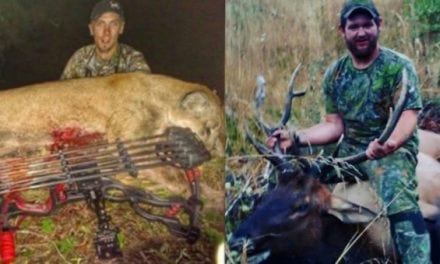Picture yourself harnessed in a tree stand for deer hunting. You are losing light. It’s nearing sunset. The prime time for deer movement. Suddenly, you hear a squirrel bark and chatter. Then even closer to you, from the same direction, you hear curiosity putts from some wild turkeys.
Within a few minutes you hear another squirrel bark and chatter by your location. Then, you hear the guttural grunt of a buck. Out of nowhere appears an adult white-tailed deer doe with pair of fawns being followed by an adult white-tailed deer buck. It dawns on you that the animals you heard were announcing that something was coming.
If you had paid real close attention to the sounds of the woods, you would have known something was moving and heading towards you, most likely a deer. It could have been a big white-tailed deer buck, coyote, bobcat, red fox or perhaps another animal, or forbid, another hunter! The key was the sounds of animals indicated that some living thing was approaching, coming down the game trail, probably a deer.
Active, careful listening and deciphering of nature’s sounds can and should be applied to any animal or bird when we are deer hunting.
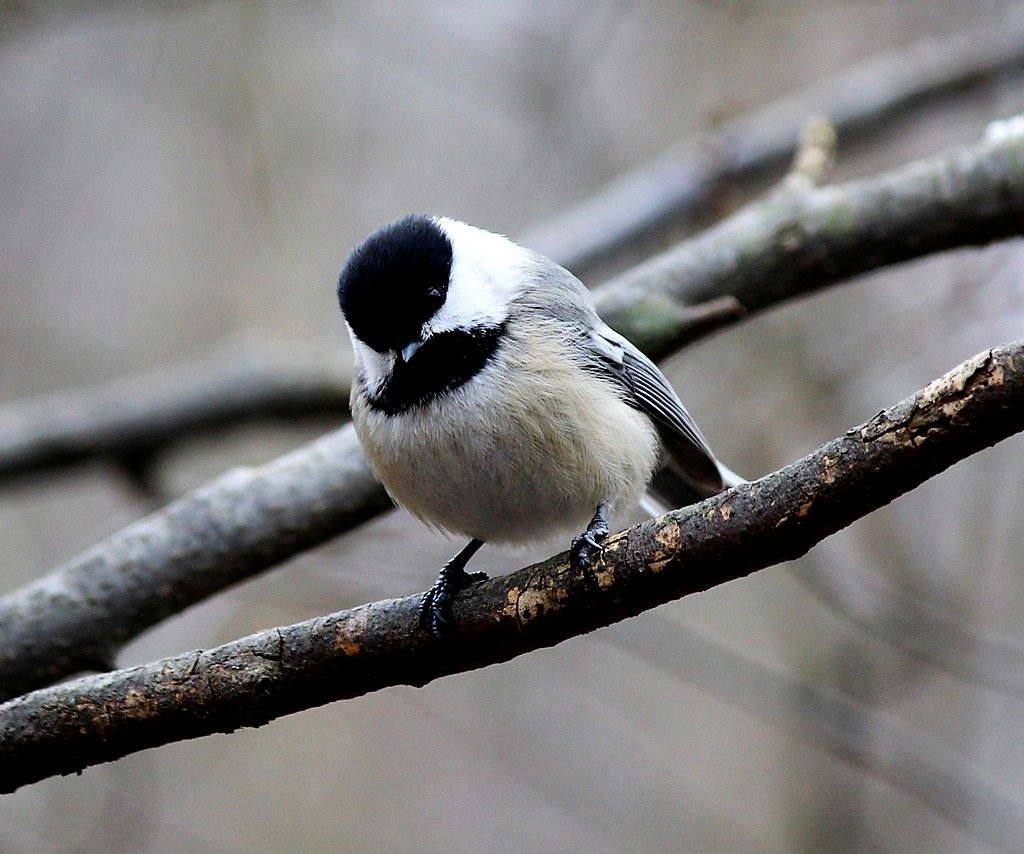
This strategy can be put to practical use with all of the wild creatures that make nature their home. Have you ever listened to a fox squirrel in your backyard when the family pet has chased it up a tree? Have you ever approached a berry bush when blue jays are feeding there? The animals hear something coming that is alarming them, disturbing them or has their curiosity aroused, and therefore, audible signals are given.
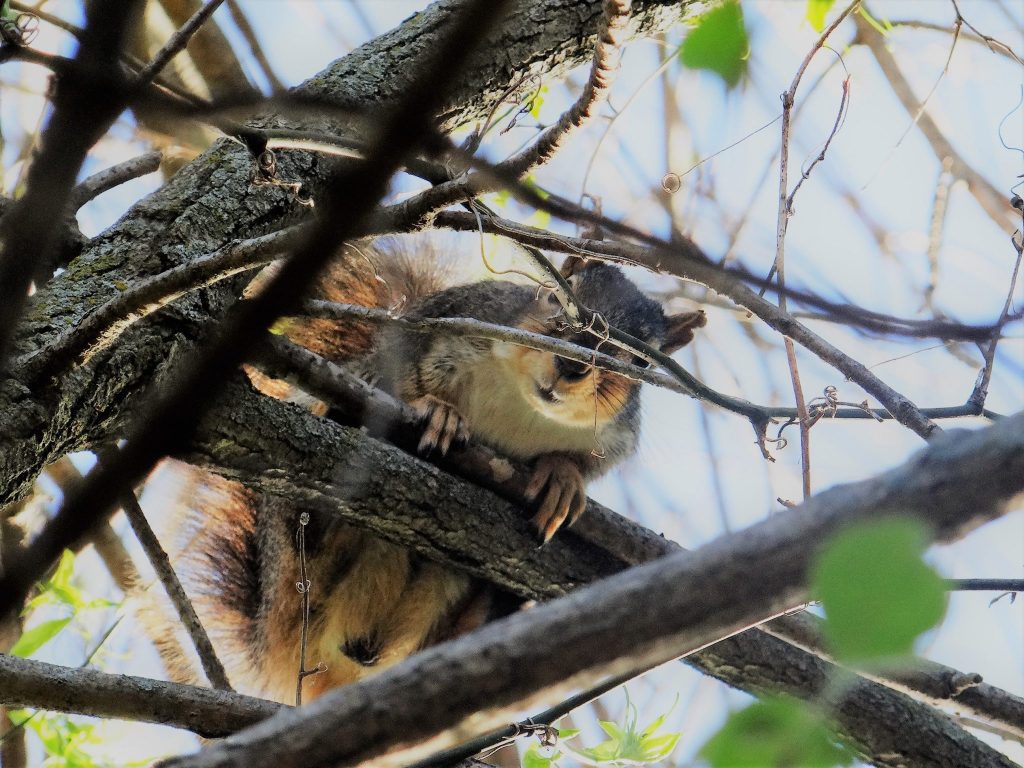
These wild creatures live around white-tailed deer and have something to tell us, if we are willing to quietly, intently listen.
Consider what an elementary school teacher I once knew had for a catchy classroom slogan posted on a banner above her chalkboard. It read: “Listening is not waiting to talk!” Deer hunters can certainly apply that to their time on the stand or in the blind.
Well-known author, conservationist and professional hunter, Jim Corbett, in his books about hunting the leopards and tigers of India would often locate them from the audible signs that the small animals and birds would give him. Their distinct warning calls would tell him the direction of travel and proximity of the predators by their actions as the cats disturbed other animals passing through the landscape.
As a deer hunter, you need to be an intense listener of sounds that point out the movement of larger mammals. Keep in mind though that the area around your deer stand or blind gets noisy when you arrive because the animals have heard you coming and sounded alarm calls. But after you sit still and quietly for about ten to fifteen minutes the area will come alive with the more comfortable, normal sounds of small animals and birds going about their daily routines.
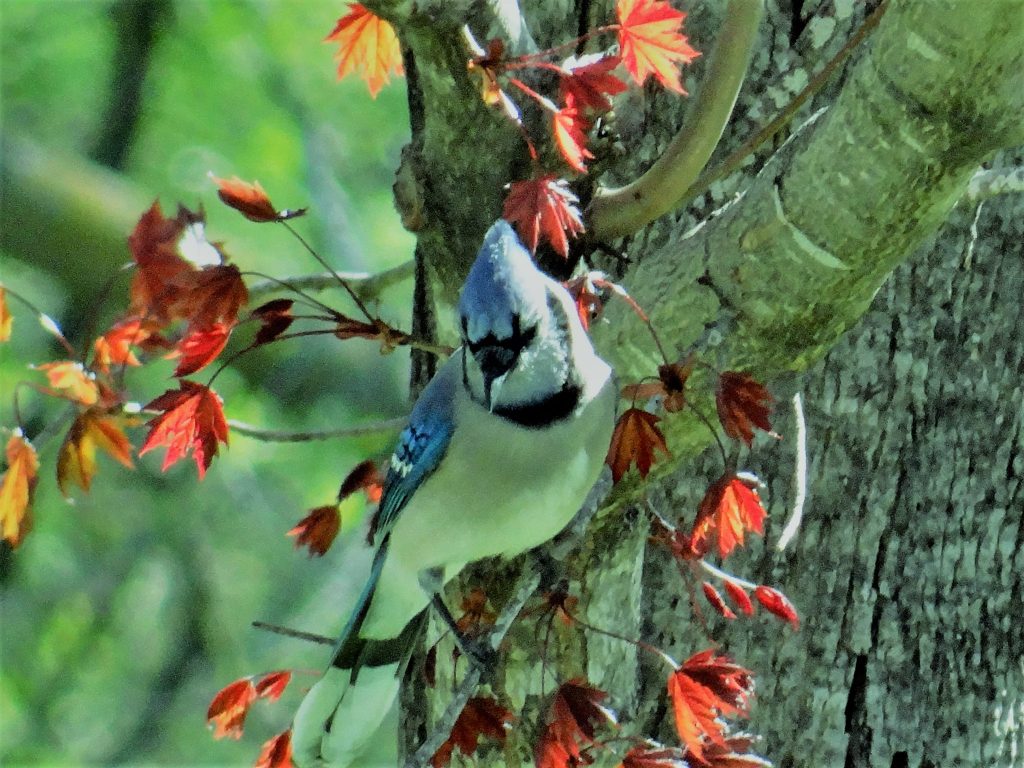
Take a moment to think of the tones of voice we humans use in our daily communication with each other. Think of our moods, feelings, and how we express ourselves, especially with voice inflection. The words to remember are rhythm and volume. Listen to the rhythm and volume of wildlife calls and take notice of any changes, however abrupt, rapid and expressive. Apply this plan of action the next time you go afield by listening to the various animals and birds communicating, and then begin interpret how these sounds connect with deer movement. You will then understand that everything exists within a network of interrelationships where everything is dependent on everything else.
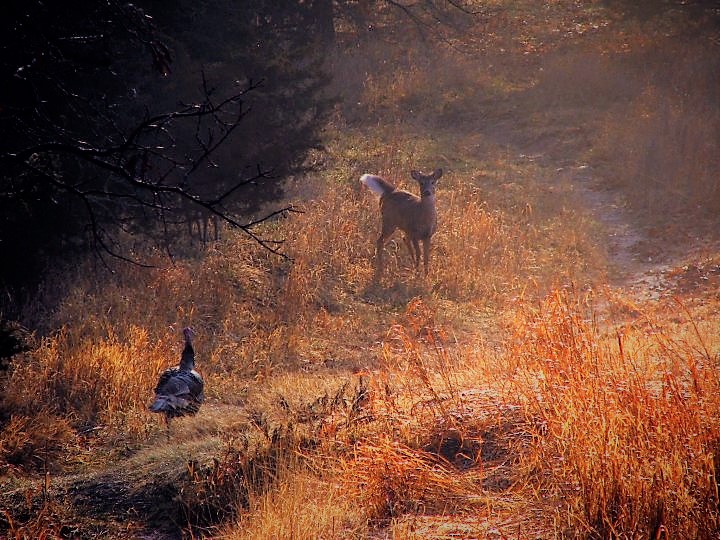
Here is some information that may further assist you with the sounds of nature regarding deer movement during the hunting season.
Squirrels. The deer hunter needs to be ever mindful of fox squirrels. They offer first-rate natural alarm systems and warn of intruders entering their area. When deer hunting, if you spot a squirrel frolicking and feeding normally on the ground but instantly stops and hightails it for the closest hollow tree while barking and chattering, something is definitely up. Squirrels feel safest in a tree. When they sense danger, they will climb a tree, bark and chatter, often repetitively, while twitching their tails. Bark and chatter calls emitted by fox squirrels serve as an anxious awareness of danger to warn others of intruders or predators in their respective areas. If a squirrel hears a deer coming through an area, nine times out of ten, that squirrel will sound a warning and hit the nearest tree. On the other hand, one of the best signs that deer are very close to you is that squirrel activity and vocalizations will quickly cease, and the squirrels will vanish with no warning or sound at all. That silence during an afternoon of frantic squirrel activity is a dead giveaway that something is about to happen, perhaps a deer walking in your direction.
Birds. Know your birds and the sounds they make. They are tattletales. Blue jays, cardinals, chickadees, nuthatches, sparrows, killdeer, Carolina wrens, crows, turkeys, ducks and other birds have vocal language that are great indicators of deer movement no matter what type of habitat you are hunting! Birds get particularly excited around white-tailed deer and utter this anxiety often. They have distinct calls when they are disturbed or being pushed through timber or along the edge of cover. When hunting woodlands, for example, the blue jays are among the most easily identified and vocal of all birds. And, they are consistent at letting the hunter know when white-tailed deer are on the move. Their calling will become much sharper with a lot more emotion. Time and again, I have actually witnessed blue jays almost scolding deer as they walked on trails through the woods. Visit the online Nebraska Bird Library for specific details about Nebraska birds (identifying characteristics, sounds, habits, locations, etc.).
Deer. Learning and recognizing the various calls made by deer are also quintessential for the deer hunter. Research has shown that whitetails actually make up to 400 different vocalizations! Most of these vocalizations are made so softly and subtly that only skilled observers can recognize them. In fact they are sometimes mistaken for insects buzzing, the humming of electric fences and other background noises. Hunters should be familiar with certain groups of calls. These include alarm calls, of which the snort is the most commonly recognized (it can be heard up to a quarter mile away under the right conditions.) The bawl is a call used when deer of all ages are being traumatized or severely stressed. Generally, when deer hear both these sounds they flee. mother-fawn calls consist of several sounds, including a maternal grunt, bleat, mew, nursing grunt or whine and a contact call used when deer become separated from each other and are trying to find out where other deer are. This is a moderately pitched grunt and can be used by hunters to draw deer to them, most notably young bucks. Hunters also need to note the three kinds of aggressive, challenging calls bucks make during the rut — low grunt, grunt-snort and grunt-snort-wheeze. Fights are typically accompanied by these vocalizations. Finally, there are mating-related calls. These include many sounds of which hunters need to grasp, including the tending grunt, trailing grunt, flehmen sniff and bellow. Of these, the tending grunt—of moderate volume and often longer duration than a contact grunt — can be used by hunters to bring in bucks during the rut that are trolling for individual does. Here is the tending grunt call:
It is additionally beneficial to listen very closely for antlers clanking in the woods during a fight between two bucks. They use their antlers to fight for territory and dominance. This is a sign that it is time to try to use rattling tactics to try to draw bucks into a simulated battle close to you.
The average deer hunter spends many hours on the stand or in the blind each season waiting to take a shot. Often, deer seem to appear with the blink of an eye, because the hunter wasn’t really listening as much or more than they were seeing. Most hunters don’t pay attention to the sounds of nature and that’s a mistake! The countryside, the woods are talking to us; all we have to do is listen. The dictionary by Merriam-Webster defines listening as the process of receiving, attending, and understanding auditory messages; that is, messages transmitted through the medium of sound. Listening is not just waiting to shoot.
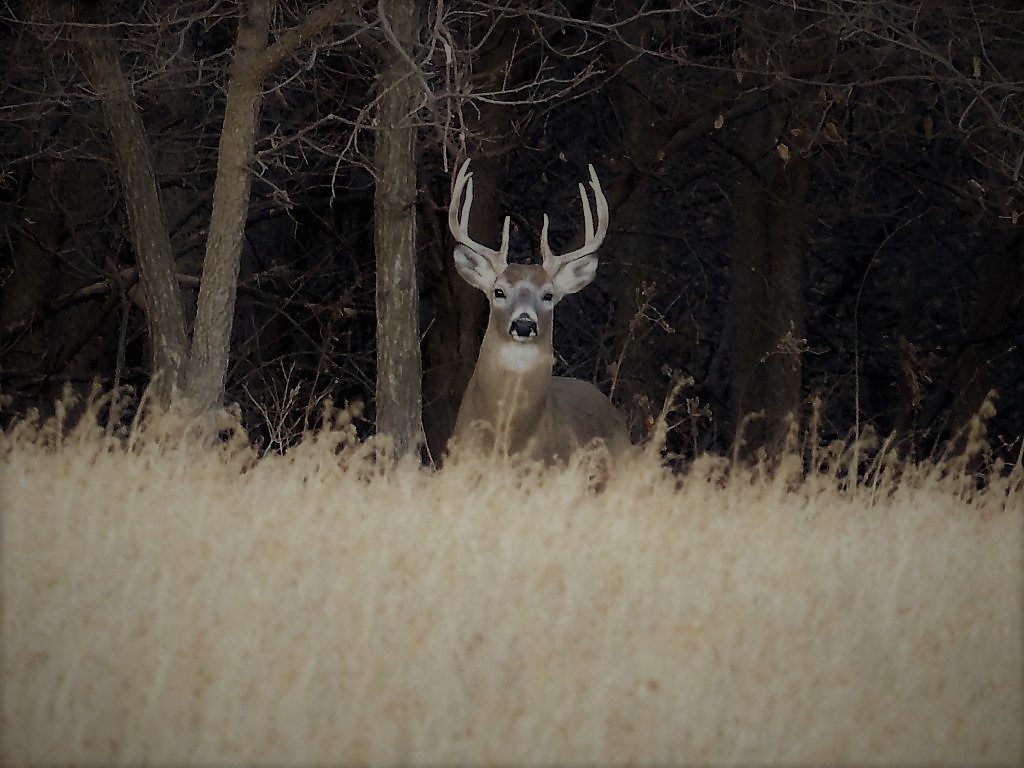
The post Are you paying attention to nature’s sounds when deer hunting? appeared first on Nebraskaland Magazine.











